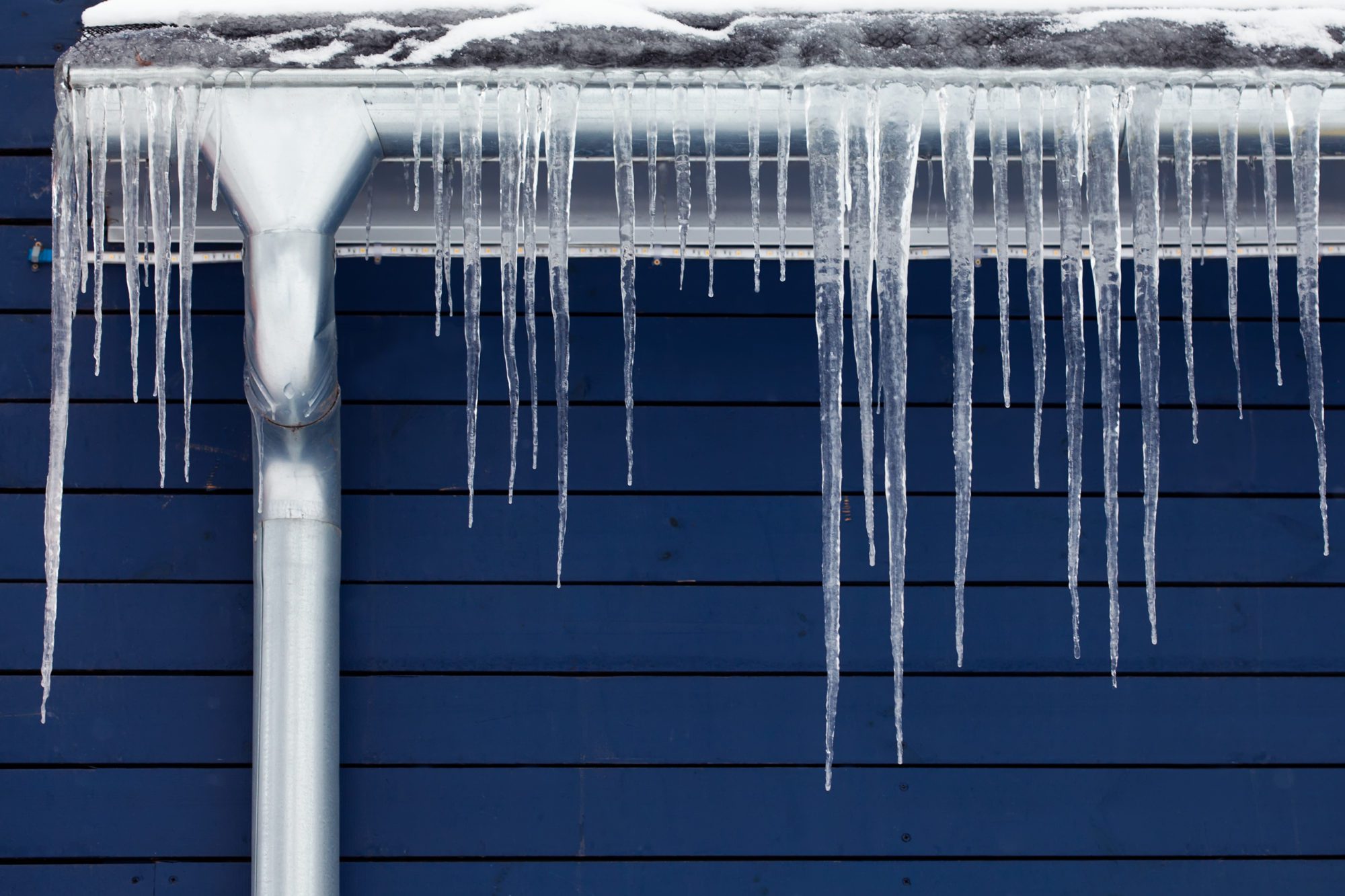Important Advice to Prevent Frozen Plumbing in Winter: Professional Guidance
Important Advice to Prevent Frozen Plumbing in Winter: Professional Guidance
Blog Article
Were you searching for answers around How To Avoid Freezing Pipes?

Cold weather can wreak havoc on your plumbing, specifically by freezing pipelines. Here's just how to stop it from occurring and what to do if it does.
Intro
As temperatures drop, the risk of icy pipelines boosts, potentially resulting in costly repair services and water damages. Understanding exactly how to stop icy pipes is critical for property owners in chilly environments.
Prevention Tips
Protecting susceptible pipes
Cover pipelines in insulation sleeves or use warm tape to protect them from freezing temperature levels. Focus on pipelines in unheated or outside locations of the home.
Heating methods
Keep indoor areas properly heated, specifically areas with plumbing. Open cabinet doors to allow warm air to circulate around pipelines under sinks.
How to determine icy pipes
Search for reduced water circulation from taps, uncommon smells or sounds from pipes, and noticeable frost on subjected pipelines.
Long-Term Solutions
Architectural changes
Consider rerouting pipelines far from exterior wall surfaces or unheated areas. Include additional insulation to attics, basements, and crawl spaces.
Upgrading insulation
Purchase top notch insulation for pipes, attic rooms, and walls. Proper insulation assists keep regular temperatures and lowers the risk of icy pipes.
Safeguarding Exterior Plumbing
Garden hoses and outdoor taps
Detach and drain pipes yard pipes before winter months. Set up frost-proof spigots or cover exterior faucets with insulated caps.
Recognizing Icy Pipes
What creates pipes to ice up?
Pipelines freeze when subjected to temperatures listed below 32 ° F (0 ° C) for expanded periods. As water inside the pipelines ices up, it broadens, taxing the pipeline walls and possibly creating them to burst.
Dangers and problems
Icy pipelines can result in water supply interruptions, home damages, and pricey repairs. Ruptured pipes can flooding homes and trigger considerable architectural damages.
Indications of Frozen Pipes
Determining icy pipes early can prevent them from bursting.
What to Do If Your Pipes Freeze
Immediate actions to take
If you suspect icy pipes, keep faucets open up to alleviate stress as the ice melts. Use a hairdryer or towels taken in warm water to thaw pipelines slowly.
Verdict
Stopping icy pipelines needs proactive procedures and fast feedbacks. By recognizing the causes, indications, and preventive measures, home owners can shield their plumbing during cold weather.
6 Proven Ways to Prevent Frozen Pipes and Protect Your Home
Disconnect and Drain Garden Hoses
Before winter arrives, start by disconnecting your garden hoses and draining any remaining water. Close the shut-off valves that supply outdoor hose bibs and leave the outdoor faucet open to allow any residual water to drain. For extra protection, consider using faucet covers throughout the colder months. It’s also important to drain water from any sprinkler supply lines following the manufacturer’s directions.
Insulate Exposed Pipes
Insulating your pipes is an effective way to prevent freezing. Pipe insulation is readily available at home improvement stores and is relatively inexpensive. Pay close attention to pipes in unheated areas such as the attic, basement, crawl spaces, or garage. Apply foam insulation generously to create a buffer against the cold. You can also wrap your pipes in heat tape or thermostat-controlled heat cables for added warmth.
Seal Air Leaks
Inspect your home for any cracks or openings that could let in cold air. Seal any holes around the piping in interior or exterior walls, as well as the sill plates where your home rests on its foundation. Additionally, make sure to keep your garage door closed unless you’re entering or exiting. Leaving it open creates a significant air leak that can lead to frozen pipes.
Allow Warm Air Circulation
During cold snaps, it’s essential to allow warm air to circulate evenly throughout your home. Leave interior doors ajar to promote better airflow. Open kitchen and bathroom cabinets to help distribute heat consistently around the rooms. If you have small children or pets, be sure to remove any household chemicals or potentially harmful cleaners from open cabinets for safety.
Let Faucets Drip
A small trickle of water can make a big difference in preventing ice formation inside your pipes. When temperatures drop significantly, start a drip of water from all faucets served by exposed pipes. This continuous flow helps prevent the water from freezing. Additionally, running a few faucets slightly can relieve pressure inside the pipes, reducing the chances of a rupture if the water inside does freeze.
https://choateshvac.com/6-proven-ways-to-prevent-frozen-pipes-and-protect-your-home/

We had been shown that write-up on 6 Ways to Prevent Frozen Pipes from an associate on our other web address. Sharing is caring. You just don't know, you will be doing someone a favor. Kudos for your time. Please come by our site back soon.
Book Inspection Report this page